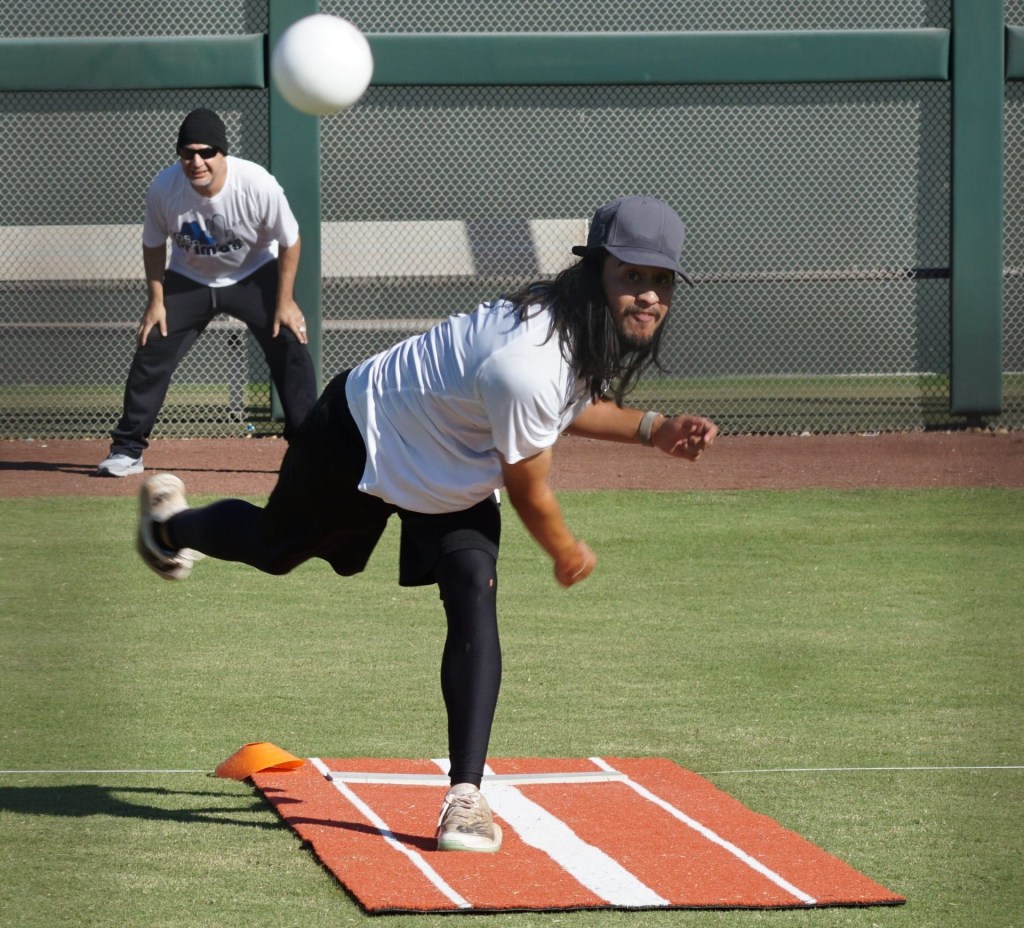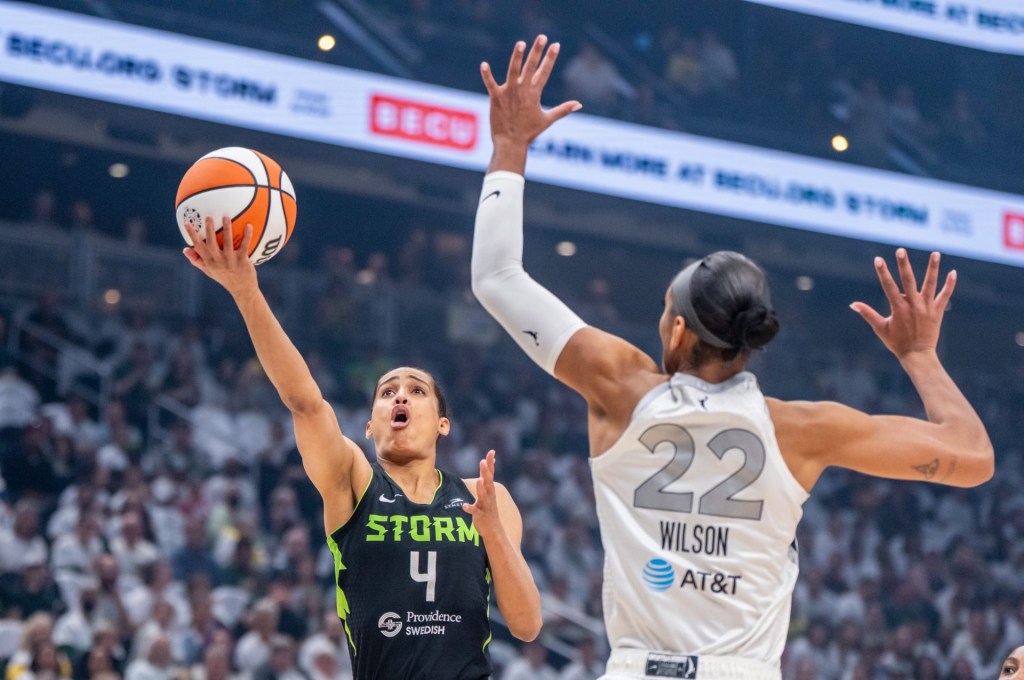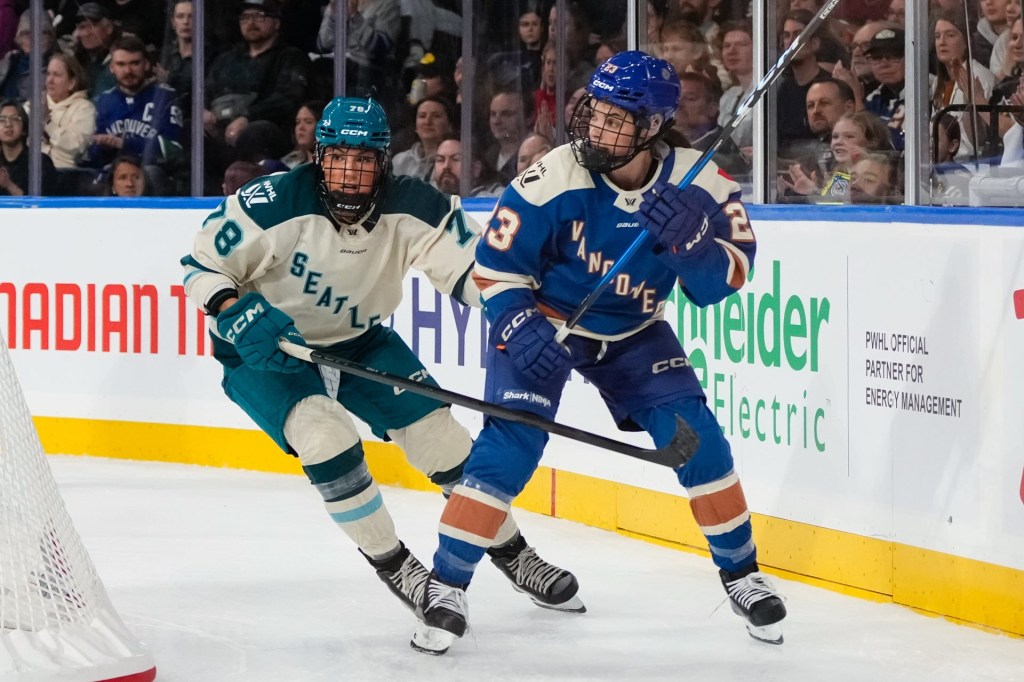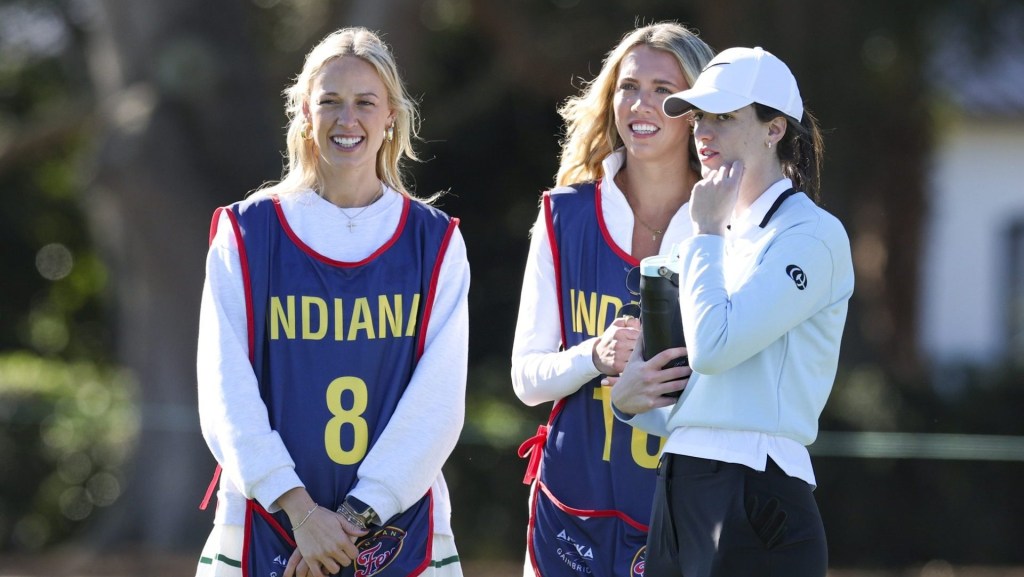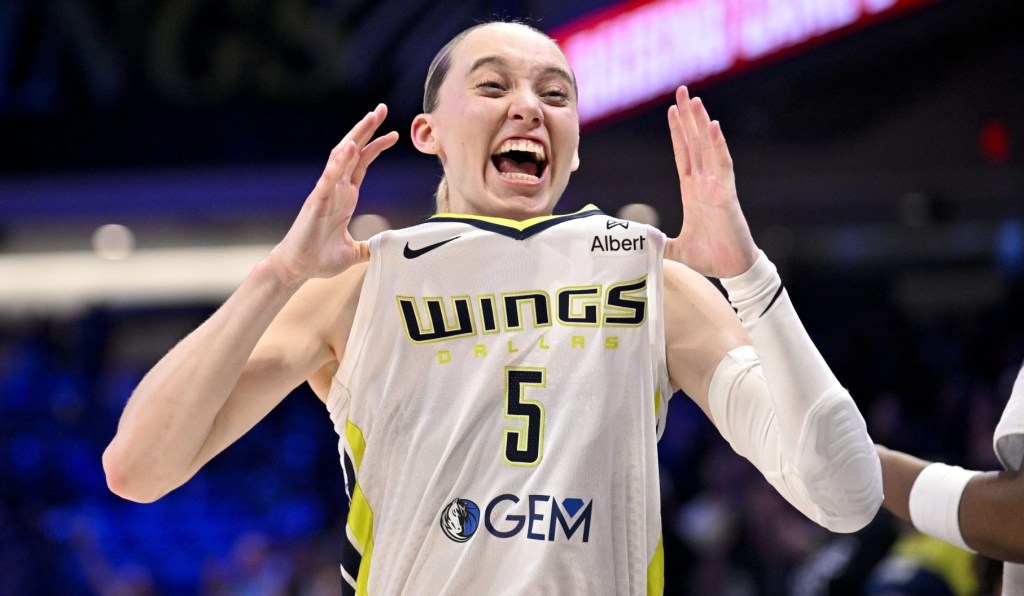Behind every legend in modern golf history is a trusty sidekick—his caddie. There are many ways to become a PGA Tour caddie, but all involve a deep expertise in golf.
These caddies are not just there to carry bags at a tournament. They also prepare equipment, help maintain the course, and assist golfers in strategizing every shot, often acting as a de facto coach and confidant as the only person a golfer can turn to on the course.
Caddies come from all different backgrounds, but highly skilled caddies are often able to overcome unexpected twists and treacherous courses like what golfers dealt with at the 2025 PGA Championship at Quail Hollow.
Below, we’ll look at some of the pathways, skills, and expectations to being a PGA Tour caddie.
Pathways to Becoming a PGA Tour caddie
Caddying is ultimately an extremely relationship-based profession. PGA Tour caddie credentials are only issued at the request of a PGA Tour golfer. Thus, there’s no one major avenue to becoming a PGA Tour caddie.
In many cases, PGA Tour stars end up hiring close personal friends as caddies due to the amount of trust built into the relationship. Rory McIlroy’s caddie since 2017, Harry Diamond, is his lifelong best friend from their childhood days in Northern Ireland and was best man at his wedding. When McIlroy split from his previous caddie J.P. Fitzgerald for Diamond, he also called Fitzgerald one of his “closest friends” (though Fitzgerald said the two went years without speaking after the split).
Sometimes, the PGA Tour golfer has to decide between friendship and expertise when picking a caddie. When mired in a slump in March 2025, Max Homa fired childhood friend Joe Greiner as his caddie and hired veteran Bill Harke as his replacement on the recommendation of Phil Mickelson’s longtime caddie Jim “Bones” Mackay.
So what if your close personal friend doesn’t happen to be one of the 150 or so best golfers in the world? Corey Conners’s caddie Danny Sahl told Golf Monthly in 2022 that aspiring caddies should “go find the guys who are just turning pro” and integrate with them in the college or lower-tier ranks. Another way is to work yourself up through the club caddie ranks—start by caddying at your local club, then as you gain experience and expertise, move up to caddying at a high-profile golf club and/or a PGA-certified course.
Other caddies can find part-time openings on the PGA Tour or, more often, on lower-tier tours like Korn Ferry because not all players have full-time caddies. Then, once you have your foot in the door, it’s all about proving your golf expertise and skill as a caddie.
Skills Needed
Here are some of the skills needed to become a high-level caddie on the PGA Tour:
- Golf expertise: Caddies must make sure they not only have a high general expertise in golf but have also memorized the nuances of the game so they can provide the correct advice and insight while on the course. Many experienced caddies are able to continue their PGA Tour careers for years because golfers are drawn to that experience and the knowledge accumulated over time.
- Communication skills: This is where the trust factor comes into play. Caddies must know exactly what to say to their golfer when he needs to hear it, especially in the later rounds of a PGA Tour tournament when the pressure ramps up.
- Course expertise: Caddies must highly familiarize themselves with whatever course their golfer is playing in order to understand lies, hazards and challenges that the course’s geography will present to their golfer.
- Golf coaching expertise: The caddie must understand the golfer just as much as they understand the golf itself. What clubs does the golfer feel most comfortable swinging? What would particularly frustrate him on the course? What’s the best way to calm him down and get him refocused after a frustrating hole? Caddies must know the answers to all these questions and more.
- Attention to detail: Often, a caddie’s greatest strength is providing an extra set of eyes, uncovering something the golfer may not have realized when sizing up a shot. That requires extreme attention to detail coupled with the expertise detailed above.
- Physical fitness: Carrying clubs across 18 holes for four straight days can cause plenty of physical strain, and caddie injuries are hardly unheard of.
Responsibilities of PGA Tour caddies
- Preparation: Caddies must anticipate what a golfer will need throughout an entire 18-hole day on the course and make sure everything is prepared for use, from clubs to balls and rangefinders to snacks and water.
- Carrying: Of course, caddies must carry their golfer’s bags and work with the golfer to select the correct club for every shot during a PGA Tour event.
- Travel: Traveling and moving your golfer’s gear across the U.S. and internationally, responsible for getting both yourself and the gear there on time.
- Coaching: Providing constant advice and acting as a sounding board to golfers while on the course.
- Communication: Working with tournament officials to navigate any issues that may arise while on the course, such as weather and crowd control.
Salary Expectations
Caddies usually earn an average of $2,000 a week, but that number can grow exponentially based on several factors including experience and tournament success.
For instance, at The Masters, caddies earn 10% of the prize money, 7% for a finish in the top 10, and 5% for all other finishers.
After Scottie Scheffler won The Masters again last year, his caddie Ted Scott reportedly earned $360,000, or 10% of the $3.6 million Scheffler received as the winner.
But PGA Tour caddies are also responsible for their own expenses, including travel, lodging, meals, yardage books, and rental cars.
Expenses add up quickly on the PGA Tour, with estimates reaching $50,000 a year and half that on the Korn Ferry Tour.
Read more: How Much Do PGA Caddies Make?
Job Outlook
PGA Tour caddying can be an extremely tough business. It can be difficult to make ends meet financially if a caddie’s golfer is struggling. Those struggles can also hurt a caddie’s job security, regardless of their relationship with a golfer. As is the case with PGA Tour golfers, there are only 150 or so caddying spots open at any given time, though that number can fluctuate greatly given that golfers can change or rotate through caddies at any given time.
But if a caddie proves extremely adept at providing expert advice and support at the highest levels of golf, they can go on to have a long, prosperous career on the PGA Tour.
Want more of the latest news surrounding the business of the PGA Tour, along with every other major sports league? Be sure to sign up for our flagship newsletter, “The Memo” for more great content, special access, and insight.





